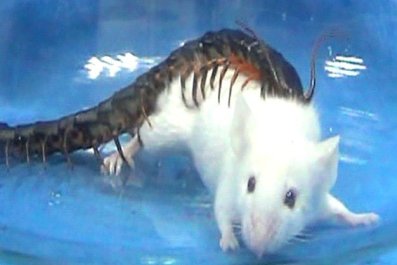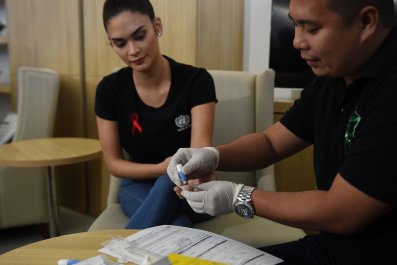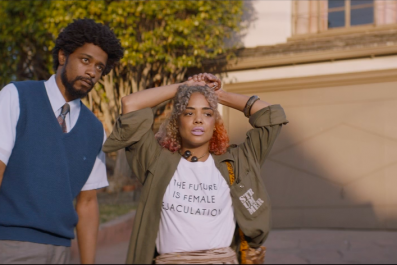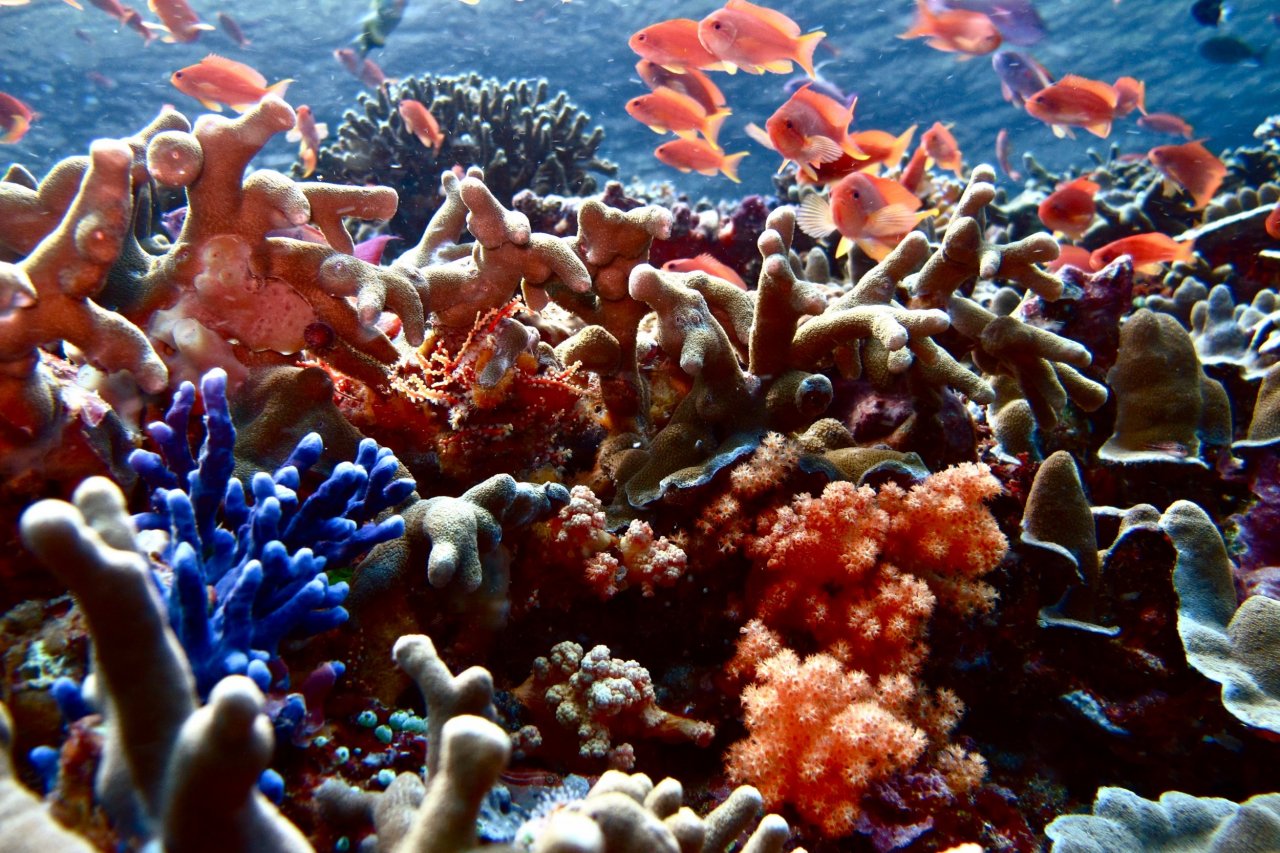
Coral reefs are having a tough time. From bleaching events to increasingly acidic and oxygen-free zones in the oceans due to climate change, threats to coral reefs and marine life are vast. Now, scientists have directly observed yet another menace, and it's a duo. Deadly bacteria and plastic, when combined, increase the likelihood of disease-ridden coral by twentyfold.
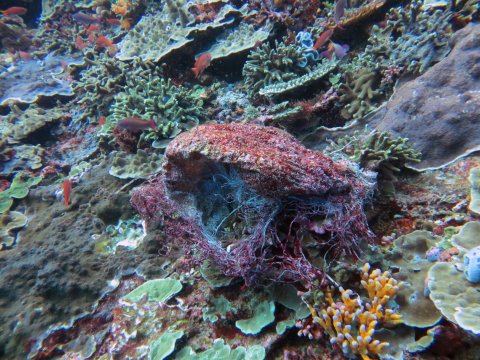
The deadly duo works like this: Bacteria hitches a ride on chunks of plastic—including plastic bags, fishing line, diapers and plastics that make up commonly used items like bottle caps and toothbrushes. The plastic acts like a "marine motor home" for the bacteria, as postdoctoral research fellow at Cornell University and the lead author of the study, Joleah Lamb, describes it. Bacteria colonize these plastic bits, and plastics brush up against coral reefs, scraping and cutting open their skin, creating an easy pathway to infect the reefs.
"This entangled plastic on corals is a triple whammy for coral infection," Drew Harvell, co-author and ecology and evolutionary biology professor at Cornell, told Newsweek. The plastic cuts open corals, often carries bacteria that can infect the corals and then can also cut off light and water flow. "An infection can spread from a tiny wound to kill an entire coral, and some of these corals are huge and ancient," Harvell said. "They may be hundreds of years old, and so infectious diseases can be extremely destructive."

An international team of scientists surveyed 159 coral reefs across Indonesia, Australia, Myanmar and Thailand—which is the region that holds over half of the world's coral reefs. They found one-third of coral reefs had plastic bits that were greater than 2 inches in size, so this study encompasses effects from plastics that can be seen with the naked eye and not microplastics, another threat to marine life.
Scientists have known plastics are polluting reefs, but this is the first study to directly observe how bacteria and plastic are working together to kill off coral. The researchers found that when plastic reaches corals, the chances that corals are infected with a disease increases from 4 to 89 percent. The findings were published Thursday in Science.
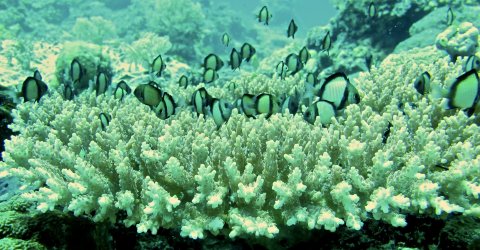
"This one really slapped us in the face," Doug Rader, co-author and chief ocean scientist at the Environmental Defense Fund, told Newsweek. "The association is just so strong between having plastic on the reef and those corals with plastic being diseased." The researchers estimated that there are 11.1 billion plastic pieces entangled on reefs in the Asia-Pacific region, and that's expected to increase by 40 percent in the next seven years.
Widespread bleaching events exacerbate the problem. "We do often find outbreaks of infectious disease following these bleaching events and killing vast swaths of the coral," Harvell said. "It's completely undermining the capability of coral to recover from stressful events." Harvell added that the most vulnerable corals to plastic entanglement, those with intricate branches, are also the corals that house specific marine habitats of baby fish.
But Harvell says there are concrete things people can do to prevent further damage. Reducing plastic use, bans on single-use plastic bags, better waste management systems and other ways to reduce plastic are just a few examples. Those steps, alongside reducing greenhouse gas emissions and better fishing practices, will tackle the multiple threats corals face, according to the researchers.
"In the face of how grim this is—and depressing," Harvell said people should "think of this actually as a problem that has a manageable solution. "I have much more confidence that we can handle this," she said. "This is something we can solve."




